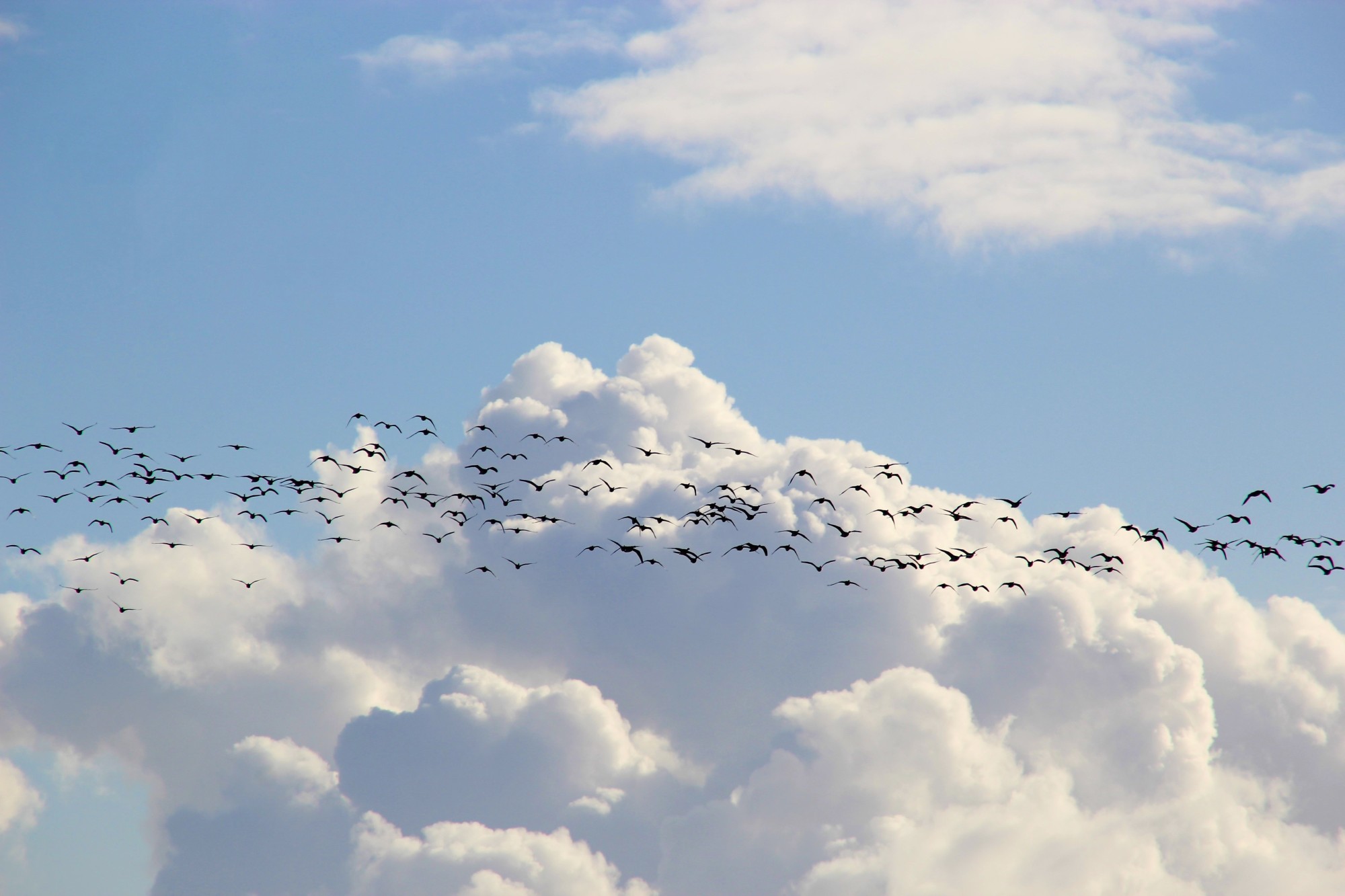We’ve all learned about the migration of geese in the winter. But believe it or not, you might be surprised to know that this assumption isn’t entirely accurate.
Depending on your location, you might’ve started to see geese settling in year-round.
Birds are fascinating creatures, seeking solace in the warmer areas during blistering cold months. Explore geese migration facts.
Geese Migration
It’s true that many species of birds migrate to the south during the winter months, including geese. The reason for this is to find nesting locations as well as food.
These long-distance migration patterns have evolved over thousands of years. They are controlled partly by the genetic makeup of the bird. The reason geese are compelled to migrate each year is not entirely clear.
It is believed to be a combination of shorter periods of daylight, colder temperatures, shortages of food, as well as simply a hereditary predisposition.
One reason it is believed that birds made the long migration back north during the summer, is because it allowed for longer breeding time periods.
Are you an avid bird watcher? Stay up-to-date on the latest tips at BirdWatchingBuzz.com.
Going the Wrong Way
If you sometimes spot a group of geese flying but it appears to be in the wrong direction. This could be because they are flying to find feeding grounds before making the long trip south.
In late summer the adults become flightless when they molt and the goslings won’t be old enough to fly right away. While nesting they raise their young near water for protection and food. Once they regain flight after several weeks, their young are also able to fly.
The family will take off to find other feeding grounds. This can happen before the southward migration occurs and could be in any direction.
You may also see some groups of young geese who are only a year or two old and are not old enough to breed. They can be seen migrating to larger bodies of water in September and October before molting occurs. This is to find safety as well as plenty of food during the time when they cannot fly.
Resident Geese
You may also notice that some geese don’t leave at all to fly south for the winter. These are considered resident geese and their numbers are growing increasingly larger in North America.
Some find these Resident Canada Geese to be a nuisance and it is true that their population has increased significantly. Canada Geese are a native species to North America and can be seen on golf courses, farmland, wildlife refuges, and airports.
While many millions of Canada Geese do still migrate from northern North America to central and southern North America during the winter months. However, there has recently been an increasingly large number of resident geese.
This is because they have been able to find a safe haven in residential areas. They are usually protected from hunters, can eat grass, and oftentimes they are fed by people.
Keep An Eye to the Sky
While not all geese migrate south during the winter, the ones that do are a majestic reminder that the end of the season is near. Their “V” shape formations flying across the sky are fun to watch out for as the temperatures start to decline.
It is truly impressive how these birds know instinctively where to go and exactly how to return to their homes each year. There is still so much we don’t yet know about the amazing phenomenon of geese migration.
Visit our site for more great articles and stay in-the-know.




